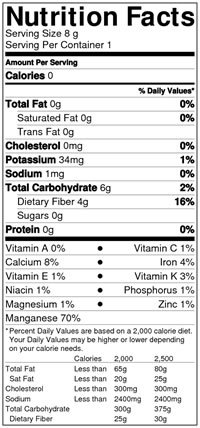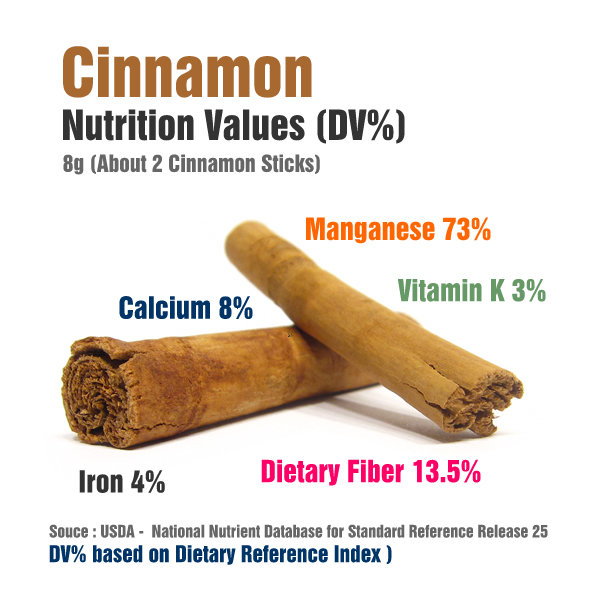Most people get confused about vitamins and minerals. One cause for this confusion steps from the different standards such as the RDI “Recommended Daily Intake” and RDA ” Recommended Daily Allowance.”
The Reference Daily Intake (RDI) is the value established by the Food and Drug Administration (FDA) for use in nutrition labeling. It was based initially on the highest 1968 Recommended Dietary Allowance (RDA) for each nutrient, to assure that needs of 97-98% were met for all age groups. This does not mean these values are the highest levels of any vitamins and minerals you can take. And nothing will happen if you exceed these dosages. Of course you must not confuse clinical dosages with normal dosages.
 The RDAs were established and periodically revised by the Food and Nutrition Board. Value shown is the highest RDA for each nutrient, in the year indicated for each revision.
The RDAs were established and periodically revised by the Food and Nutrition Board. Value shown is the highest RDA for each nutrient, in the year indicated for each revision.
The Dietary Reference Intakes (DRI) are the most recent set of dietary recommendations established by the Food and Nutrition Board of the Institute of Medicine, 1997-2001. They replace previous RDAs, and may be the basis for eventually updating the RDIs. The value shown here is the average DRI for ages 4-70 years of age.
The RDI is used to determine the DV% (Daily Value percentage) that you see on food labels. The DV is the dietary reference value displayed on food labels, So the DV is a percentage and the RDI is total amount in milligrams or grams.

